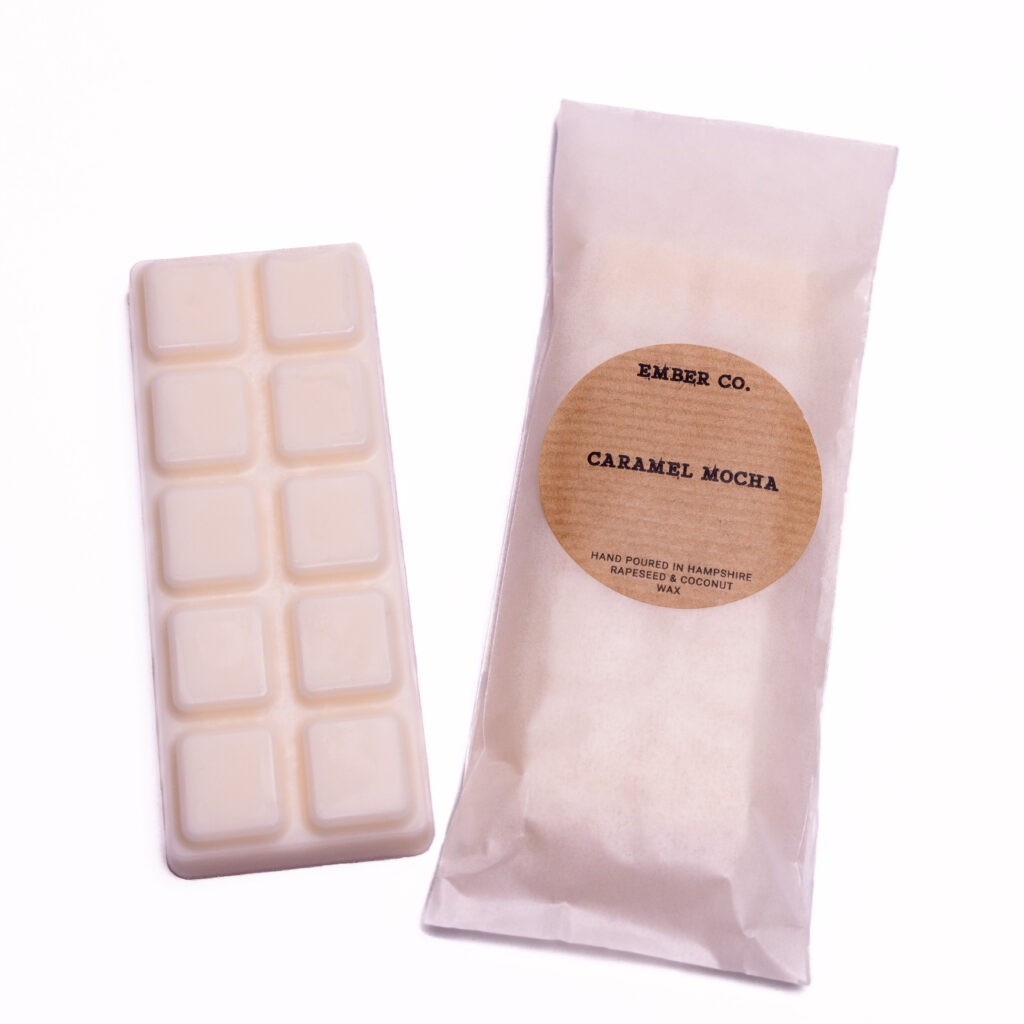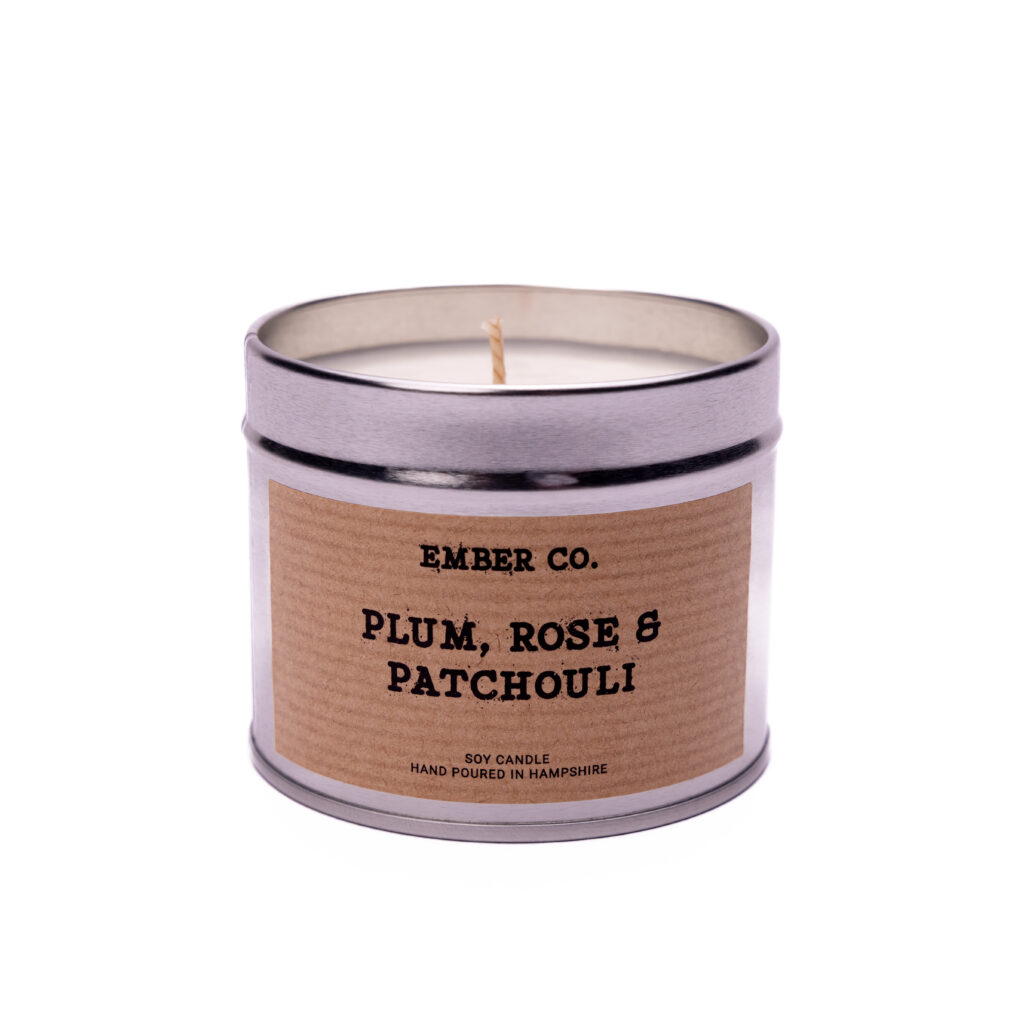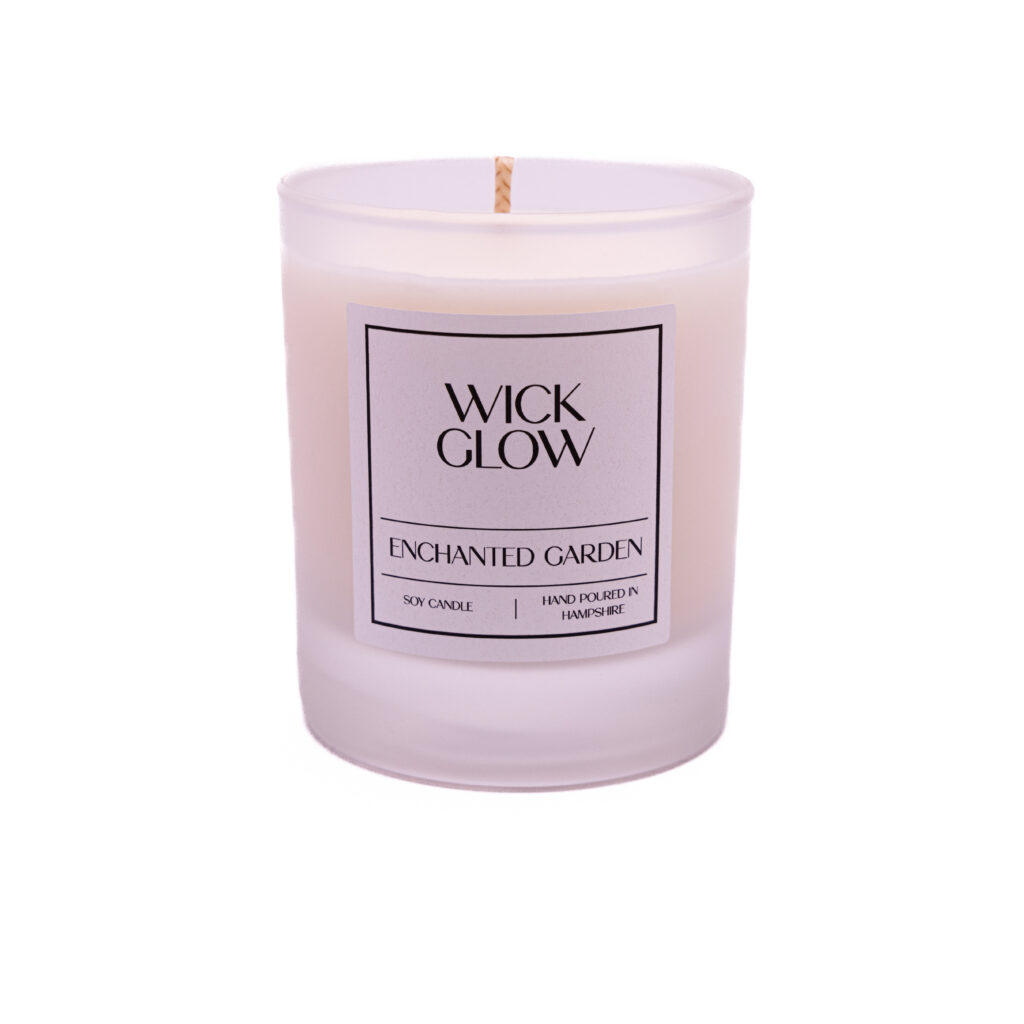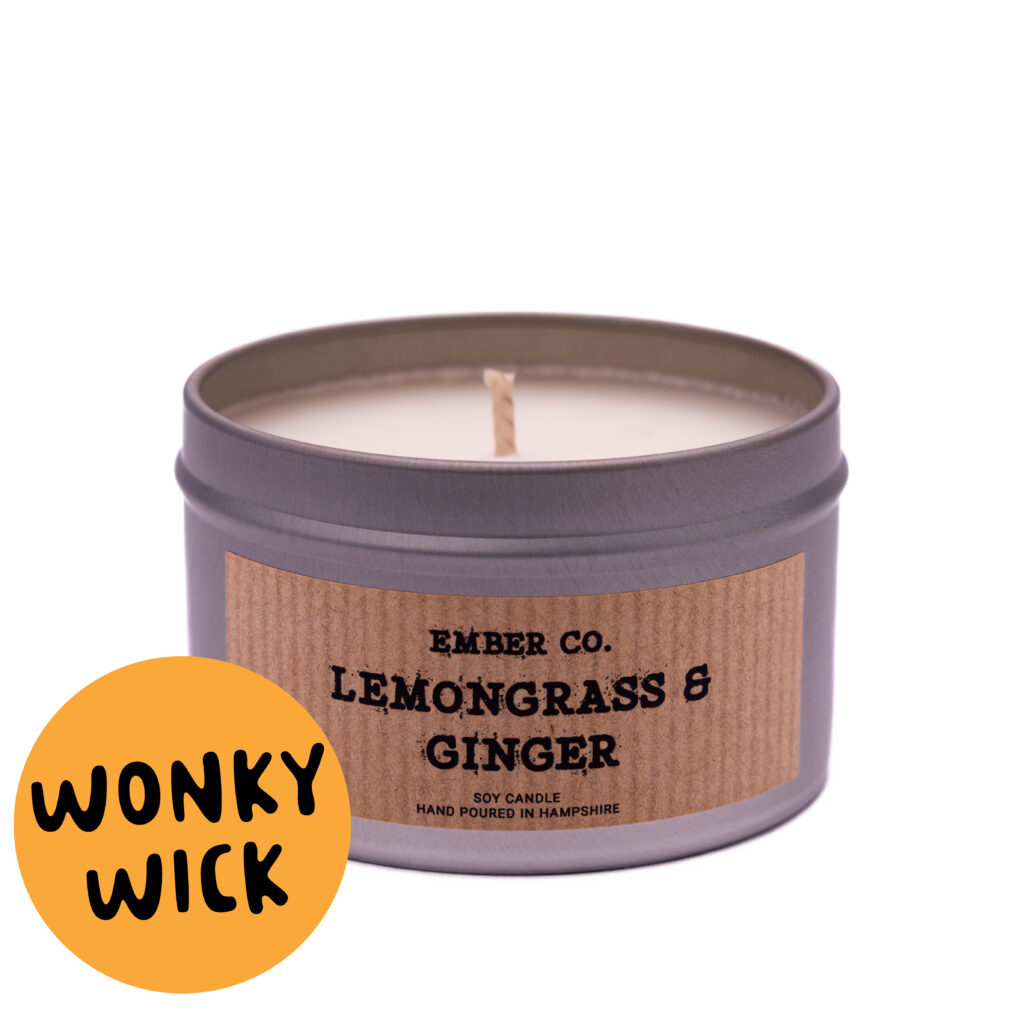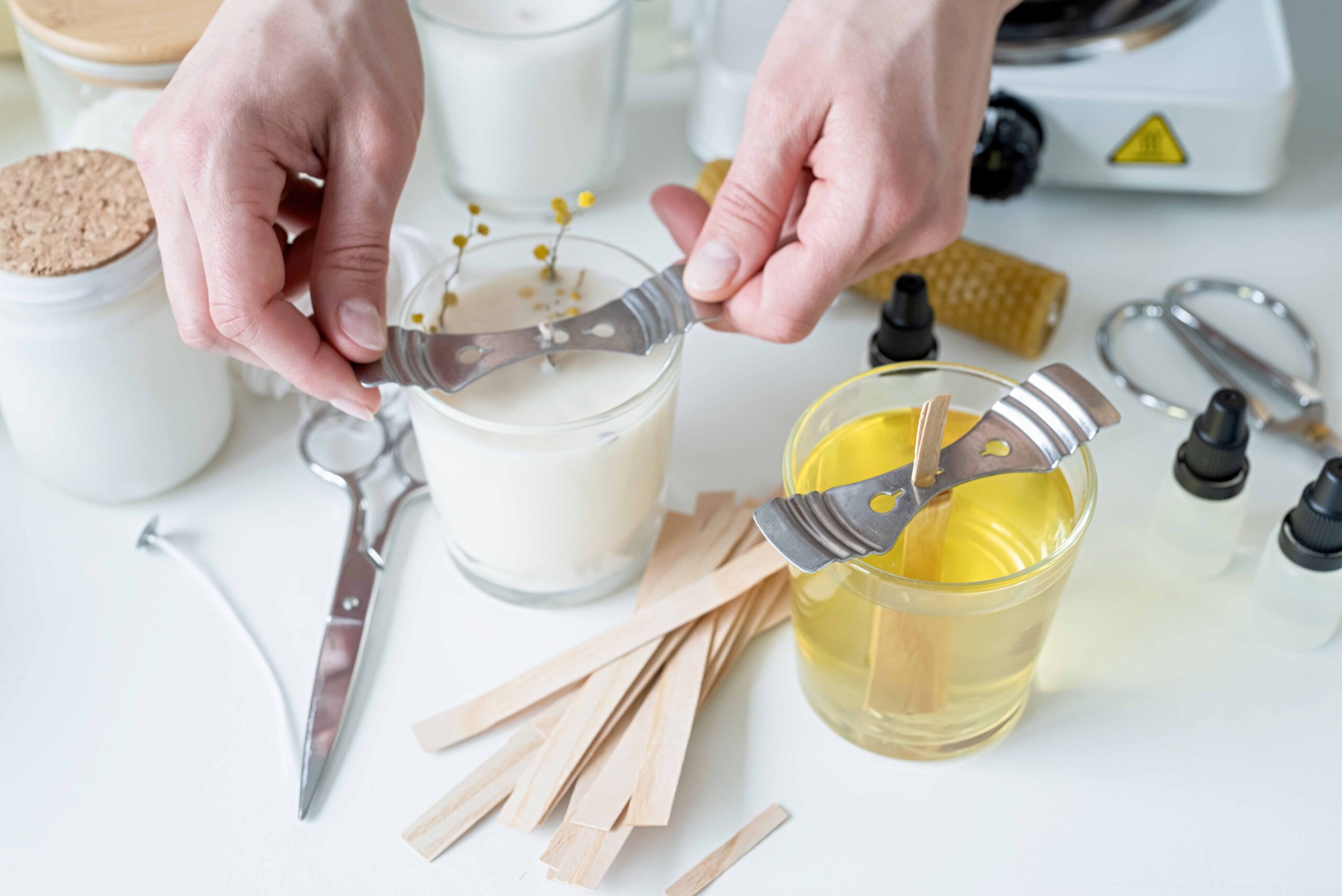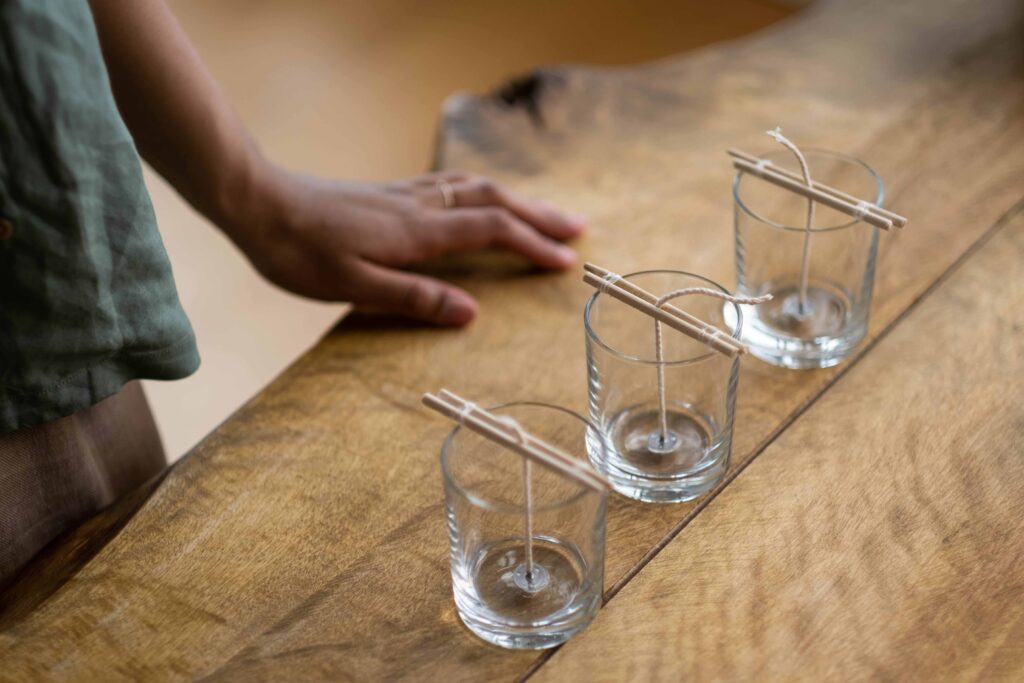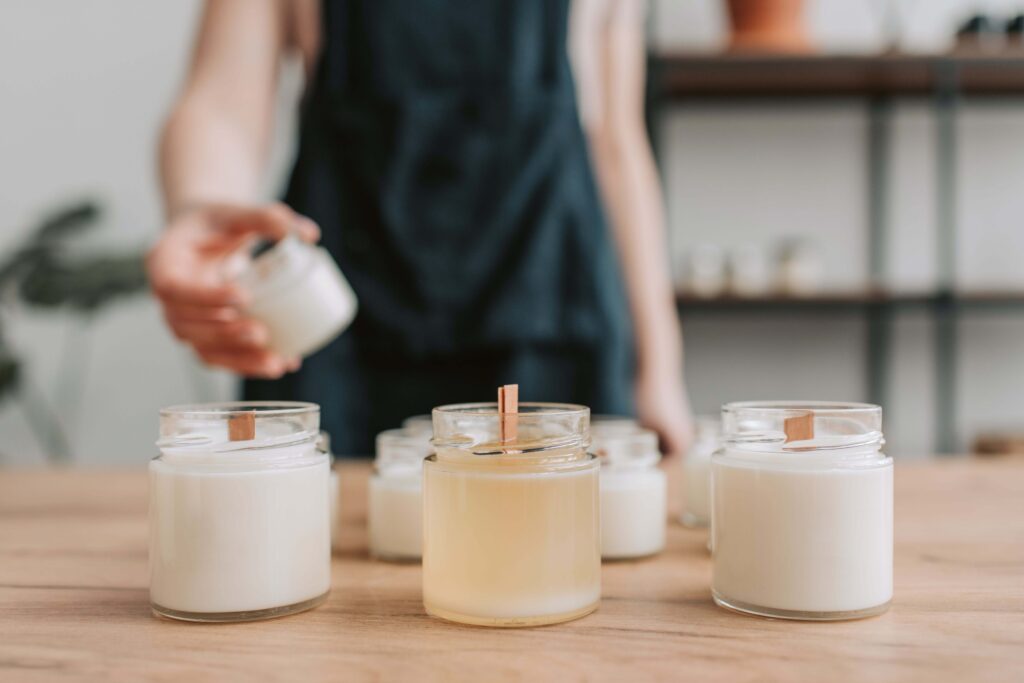Introduction
In the world of candle making, the choice of candle wicks is a pivotal decision that directly influences the performance and quality of the final product. A well-chosen wick ensures a clean, even burn, transforming a simple candle into a mesmerising flame that enhances any setting. This blog post aims to illuminate the art of selecting the perfect wick, guiding you through available options. From understanding the nuances of different wick materials to matching the wick size with the candle type, we will explore the critical factors that define the ideal wick choice for various candle creations.
Understanding Candle Wicks
At the heart of every candle lies its wick, a crucial component that goes beyond merely being a piece of string. Candle wicks serve as the conduit for the wax to be drawn up and fuel the flame, scientifically known as capillary action. The efficiency of this process significantly affects the candle’s burn time, flame size, and overall safety. A well-chosen wick can ensure your candle burns evenly and cleanly, minimising issues like tunnelling, sooting, and excessive flickering.
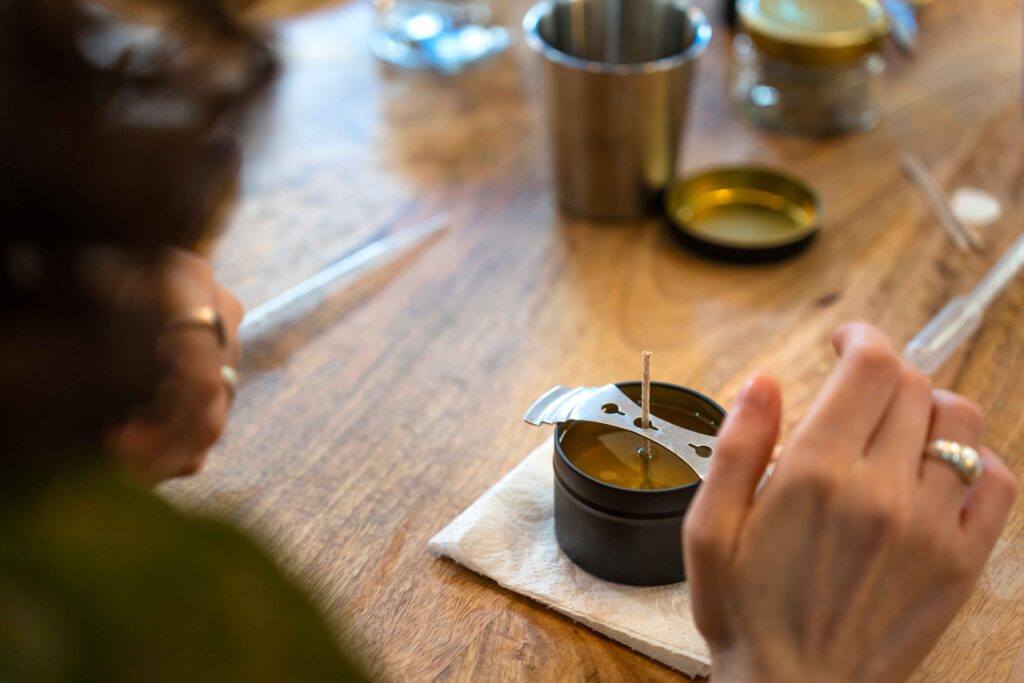
The Role of Wicks in Candle Making
The primary function of a candle wick is to deliver fuel (wax) to the flame. As the wax melts, it is drawn up through the wick; it vaporises and combusts, producing light and heat. The wick’s size, material, and construction influence how the wax is consumed, which in turn affects the candle’s burn time and the consistency of its flame. A wick too large for the candle can cause it to burn too quickly, leading to a large, unruly flame and potential safety hazards. Conversely, a wick that is too small may not produce enough heat to melt the wax evenly, resulting in an inefficient burn and wasted wax.
Materials Used in Wick Manufacturing
Choosing wick material is pivotal in candle making, as it determines the wick’s burn characteristics and overall performance. Here are some of the most commonly used materials:
Cotton Wicks: Cotton is the most traditional wick material, favoured for its natural composition and consistent burn. Often, cotton wicks are braided or plaited to enhance their capillary action. They can be used in various candle types, from tealights to large pillar candles.
Wood Wicks: Wood wicks have gained popularity for their distinct crackling sound, reminiscent of a log fire. They offer a unique aesthetic and a robust flame. Wood wicks promote a faster melt pool formation, which is ideal for scented candles as it helps disperse the fragrance more efficiently.
Hemp Wicks: Known for their sustainability and natural resistance to mould and mildew, hemp wicks are an excellent choice for eco-conscious candle makers. They tend to burn hotter than cotton, which can be advantageous for certain types of waxes that require higher temperatures to melt.
Each material brings its characteristics to the candle’s burning properties, influencing aspects such as the burn rate, flame size, and even the candle’s environmental impact. Selecting the suitable wick material balances the candle’s size, the type of wax used, the desired burn time, and the aesthetic and sensory experience of the candle.
The Impact of Wick Size and Material
Choosing the proper wick for your candle involves more than just picking the suitable material; the size is equally crucial. The wick’s thickness, length, and braiding style can significantly affect the candle’s burning properties, including the flame’s size and the wax melt’s evenness.
Size of the Flame: A wick that’s too thick will draw up too much wax, resulting in a large, smoky flame that can produce soot and cause the candle to burn too quickly. On the other hand, a wick that’s too thin may not sustain a stable flame, leading to a small, flickering light and uneven wax consumption.
Even Wax Melt: An appropriately sized wick ensures an even melt pool, reducing tunnelling risk where the candle burns down the middle, leaving a ring of unused wax around the edge. Achieving a full melt pool, where the wax melts evenly across the surface, maximises the candle’s fragrance throw and burn time.
Tips for Testing Candle Wicks
Testing is critical in candle making, especially when working with new formulations or designs. To find the best wick for your candle:
Start Small: Begin with a smaller wick size than you need and test-burn the candle to observe its performance.
Observe the Melt Pool: The ideal melt pool is about 1 inch in diameter and forms within the first hour of burning. Adjust the wick size accordingly if the melt pool is too small or too large.
Note the Flame Size: The flame should be steady and bright without excessive flickering or sooting. A flame that is too large indicates a need for a smaller wick.
Test Multiple Wicks: Don’t hesitate to test different wick materials and sizes to find the perfect match for your candle’s wax and fragrance load.Common Wick-Related Issues and Solutions
Several issues can arise from improper wick selection or maintenance. Here’s how to address the most common ones:
Tunnelling:
Prevent tunnelling by ensuring your initial burn lasts long enough to create a full melt pool. If tunnelling occurs, use a candle warmer or carefully apply heat to the surface to even out the wax.
Flickering:
Flickering can result from a draft, an overly long wick, or debris in the melt pool. Ensure the candle is placed in a still environment, trim the wick, and keep the wax clean.
Sooting:
Minimise sooting by trimming the wick to about 1/4 inch before each burn and avoiding drafts that can disturb the flame.
DIY Candle-Making Tips
For those venturing into the world of DIY candle making, selecting, and preparing the wick is a foundational step:
Priming the Wick: Soak the wick in melted wax to prime it, which helps it burn more steadily and efficiently.
Positioning the Wick: Use a wick-centering tool or a homemade guide to ensure the wick is centred as the wax solidifies. This helps with an even burn and prevents the wick from shifting.
Basic Candle-Making Safety Tips
Safety should always be a priority in candle making. Always work in a well-ventilated area, keep flammable materials away from your workspace, and never leave melting wax unattended. When testing candles, do so in a controlled environment, away from drafts and flammable objects.
By understanding the intricate role wicks play in candle making and following these guidelines, seasoned artisans and beginners can enhance their craft, ensuring each candle burns beautifully and safely.
Conclusion
Throughout this exploration of The Art of Candle Wicks, we’ve illuminated the pivotal role that wicks play in crafting and enjoying candles. From the basics of what candle wicks are and their integral function in a candle’s burn mechanism to the nuanced considerations of wick size, material, and maintenance, it’s clear that the humble wick is anything but insignificant. The right wick choice ensures a clean, even burn and enhances the candle’s aesthetic appeal, fragrance release, and overall safety. Whether you’re a seasoned candle maker or a curious enthusiast, understanding the intricacies of candle wicks can transform your approach to candle making and enjoyment, elevating it from a simple practice to a refined art.
For those inspired to delve deeper into the craft of candle making or to discover the perfect candle for their space, we invite you to explore Candle Hut’s curated range. Our selection caters to various preferences and purposes, from serene ambience to invigorating scents. Candle Hut is your go-to destination whether you’re searching for premium candles ready to fill your home with warmth and fragrance or high-quality wick supplies to embark on your candle-making journey. Embrace the artistry of candle making and let the perfect wick lead the way to a mesmerising candle-burning experience. Visit us today and ignite your passion for candles in a new light.


